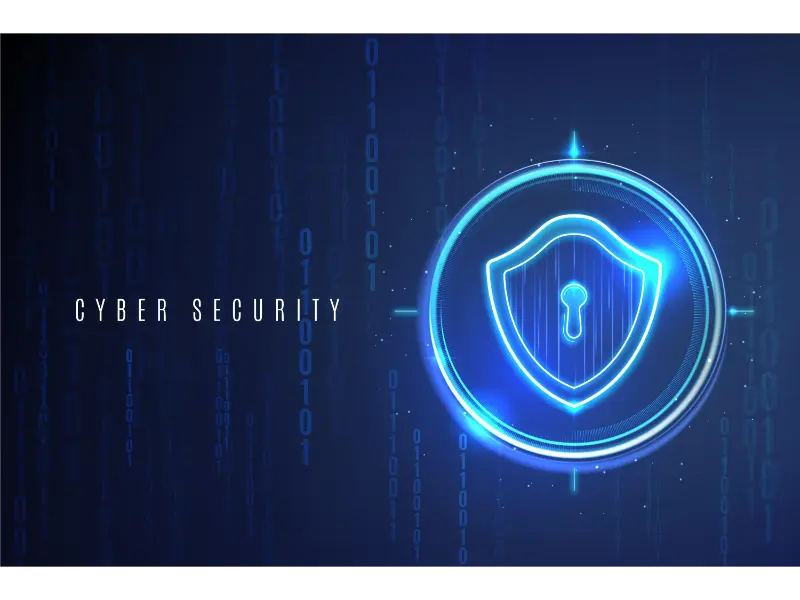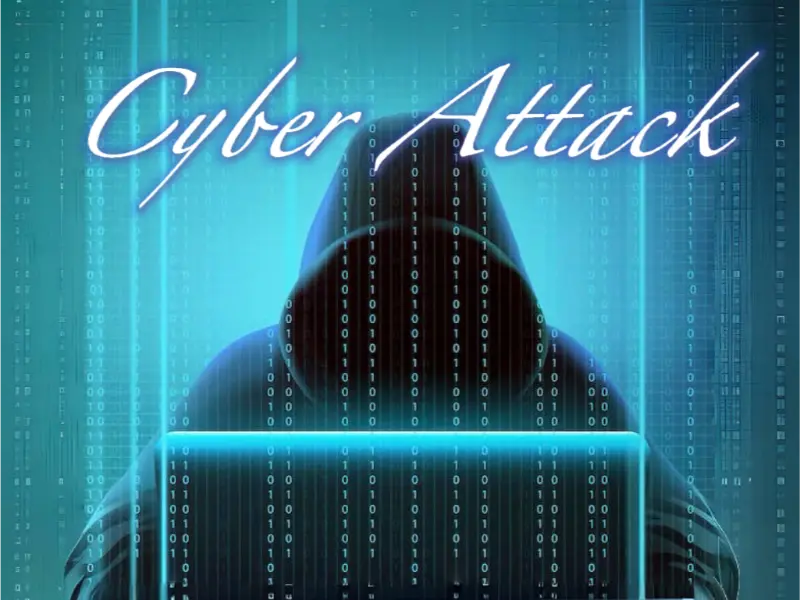- The cyber attack on Australia’s Victoria state court recordings database highlights the urgent need for heightened cybersecurity measures in our interconnected world.
- Individuals must strengthen their cybersecurity practices, while governments play a crucial role in enforcing legislative measures and investing in robust infrastructure.
- The incident serves as a call to action, emphasizing the collective responsibility to fortify digital defenses and safeguard against evolving cyber threats.
The recent cyber assault on Australia’s Victoria state court recordings database has not only exposed vulnerabilities in critical infrastructure but has also sounded a clarion call for an intensified commitment to cybersecurity.
As we navigate an increasingly interconnected world, it is imperative that we recognise the magnitude of these digital threats and fortify our defenses accordingly.
Unveiling the breach
The audacious cyber attack unfolded between Nov. 1 and Dec. 21, 2023, as hackers infiltrated the court recordings database, causing disruptions to the audio-visual network. Disturbingly, there’s the possibility that some recordings from this period were pilfered. However, the breach was confined to the network, sparing other court systems and sensitive data from compromise.
“The potential access is confined to recordings stored on the network. No other court systems or records, including employee or financial data, were accessed,” Court Services Victoria CEO Louise Anderson said.
This incident serves as a microcosm of a broader pattern – The very fabric of our digital society is under siege, demanding a comprehensive and unified response to ensure the resilience of our cyber defenses.
Also read: The cybersecurity risks of smart devices: A comprehensive guide

Crucial frontline defenses
In response to this alarming trend, individuals must bolster their own cybersecurity practices. The importance of strong passwords, regular updates, and cautious online behavior cannot be overstated. As users, we are the first line of defense, and our commitment to adopting these best practices is paramount in mitigating the risk of falling victim to cyber threats.
However, the responsibility doesn’t rest solely on the shoulders of individuals. Governments play a pivotal role in orchestrating a collective defense against cyber adversaries. Legislative measures must be enacted to enforce stringent cybersecurity standards across all organisations. This legislative framework will not only act as a deterrent but also provide a structured approach for entities to follow in fortifying their digital perimeters.
Investment in cybersecurity infrastructure is non-negotiable. Governments must allocate resources to strengthen servers, firewalls, and intrusion detection systems. A well-protected digital infrastructure acts as a formidable barrier, thwarting unauthorised access and potential data breaches.
Moreover, dedicated cybersecurity teams within government agencies are crucial in monitoring, detecting, and neutralising potential threats swiftly. Collaboration between these teams and the private sector facilitates the timely exchange of threat intelligence, creating a unified front against cyber threats.
Public education stands as another critical pillar in this defense strategy. Governments must invest in awareness campaigns to educate the populace about the evolving nature of cyber threats. An informed public is better equipped to navigate the digital landscape securely, reducing overall susceptibility to cyber attacks.
In conclusion, the recent cyber attack on Australia’s Victoria state court recordings database serves as a stark reminder of the relentless onslaught on our digital infrastructure. It is a call to action – a call for individuals and governments to unite in their commitment to cybersecurity.

